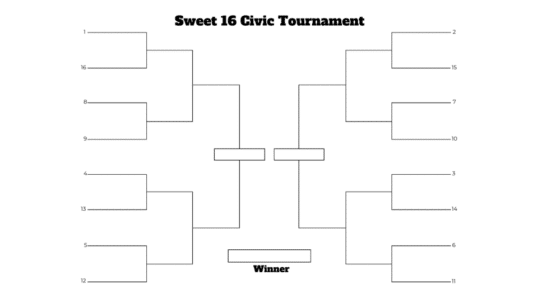I recently had a helpful reminder of the role that exploring consequences can play in the shaping panelists’ thinking about the policy possibilities they are developing. Exploring consequences is something that IF project panelists do near the final stage of their deliberations. They take each of the policy ideas they’ve generated so far, and try to imagine what the world might be like if this policy was in effect—if it represented the way that we, as a society, approached the area of policy concern under discussion. This exercise helps the panelists to think in more real-world terms about the policy ideas they’ve generated. In the course of doing so, they often make discoveries about the possibilities. Typically these discoveries have to do with getting a better sense for how the policy might actually work or how its basic ideas might be further clarified.
The exploration of consequences can also help a panel to uncover deeper conceptual connections among the various possibilities they’ve developed. Sometimes when a group is looking through the lens of a given policy approach, they realize that the world they’re describing basically matches what they described with a different possibility. The panelists might realize that what appeared to be two or three distinct policy approaches, actually amount to the same basic policy approach, embodying the same philosophy of action. What initially appeared to be two or three different policies could be rewritten as one, perhaps at a deeper conceptual level.
This very thing happened in recent project discussion. I won’t go into the topic, since it’s part of a current sanctuary discussion. But it was interesting for all of us to see the lights go on during the meeting. We had just worked through the consequences for one possibility and had started in on the next, when someone remarked, “these seem to be the same consequences as we were just discussing.” Someone else responded, “it seems like these policy ideas are basically getting at the same thing, so maybe there’s some way to combine them.” A half hour later there were similar observations about a third possibility. We ended up the session with a sense of how these three possibilities could be combined—and with a sense of how the new unified possibility could be presented in more conceptual terms.
–Jeff Prudhomme



